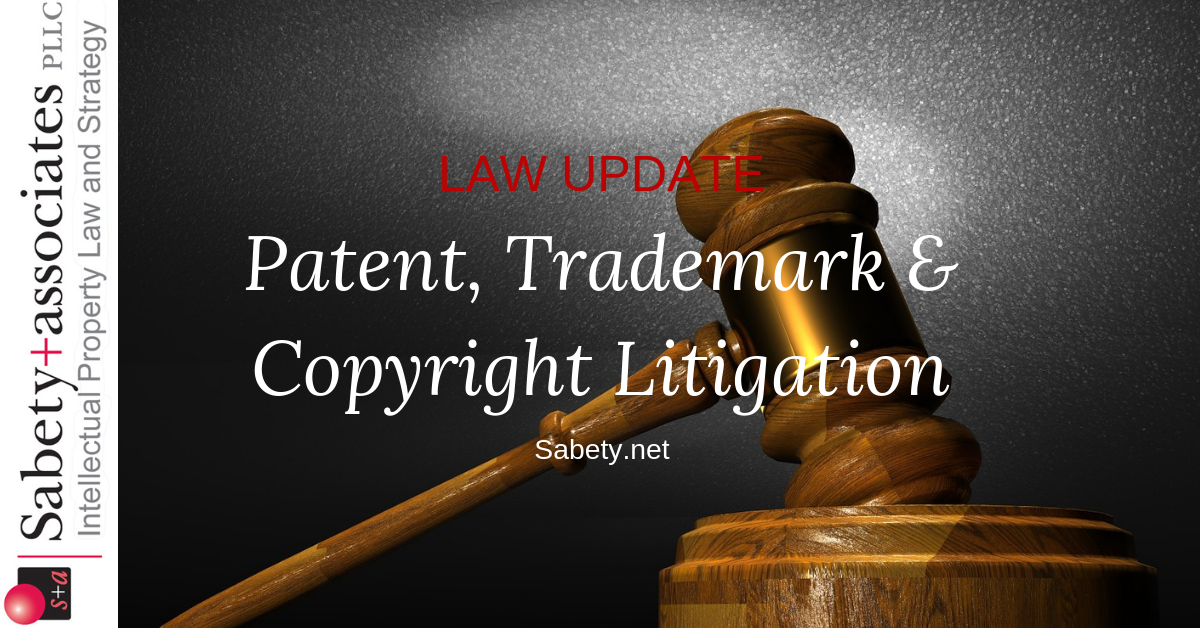The judiciary has breathed life back into innumerable computer-related patent claims that were considered moribund.
The U.S. Court of Appeals, Federal Circuit reversed its precedent regarding whether a computer method claim, where some steps are performed by one party and the rest by another, may nonetheless be deemed directly infringed by one of the parties.
The typical case is whether the patent claim recites steps performed both on a website and on a user’s computer. Traditionally, if no single party performs all the steps, then there was no direct infringement unless specific acts of control of one party by the other can be proven (so-called “divided infringement”).
In this latest chapter of the Akamai v. Limelight saga, the Federal Circuit decided that there is direct infringement if “all method steps can be attributed to a single entity.”
In this case, because proper tagging and serving of content by Limelight’s customers was required so that they could utilize the Limelight content delivery network, the Federal Circuit concluded that all of the steps could be “attributed” to Limelight. As a result, the court reversed and found Limelight a direct infringer of Akamai’s patent.
Over the past decade, many computer-method patent claims were disposed of on summary judgment due to divided infringement. Now, one can expect that a slew of new patent cases will be filed for these old patents and further litigation will ensue over the notion of the act of one party being “attributed” to the other.

